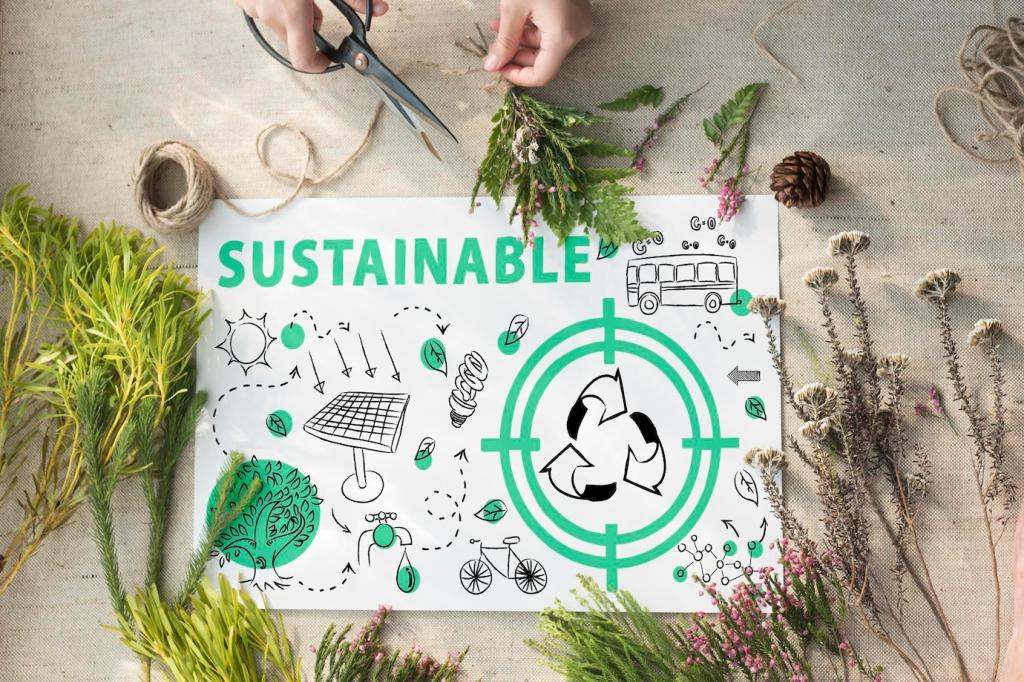Common Repairs, the Green Way
Disassemble gently, remove crusty glue, size the mortises, and reassemble with hide glue and thin wedges. The chair tightens now and remains fixable later. Which reversible method has saved your chairs without adding metal or messy fillers?
Common Repairs, the Green Way
A damp cloth and a household iron raise compressed fibers on many solid-wood surfaces, avoiding heavy sanding or filler. Practice on inconspicuous spots. Share your dent-steaming success and any woods where the trick worked surprisingly well.
Common Repairs, the Green Way
Slice patches from matching veneer offcuts, align the grain, and press with warm hide glue and cauls. Light scraping blends the seam. Tell us where you store veneer scraps so the perfect patch is always within reach.
Common Repairs, the Green Way
Lorem ipsum dolor sit amet, consectetur adipiscing elit. Ut elit tellus, luctus nec ullamcorper mattis, pulvinar dapibus leo.




